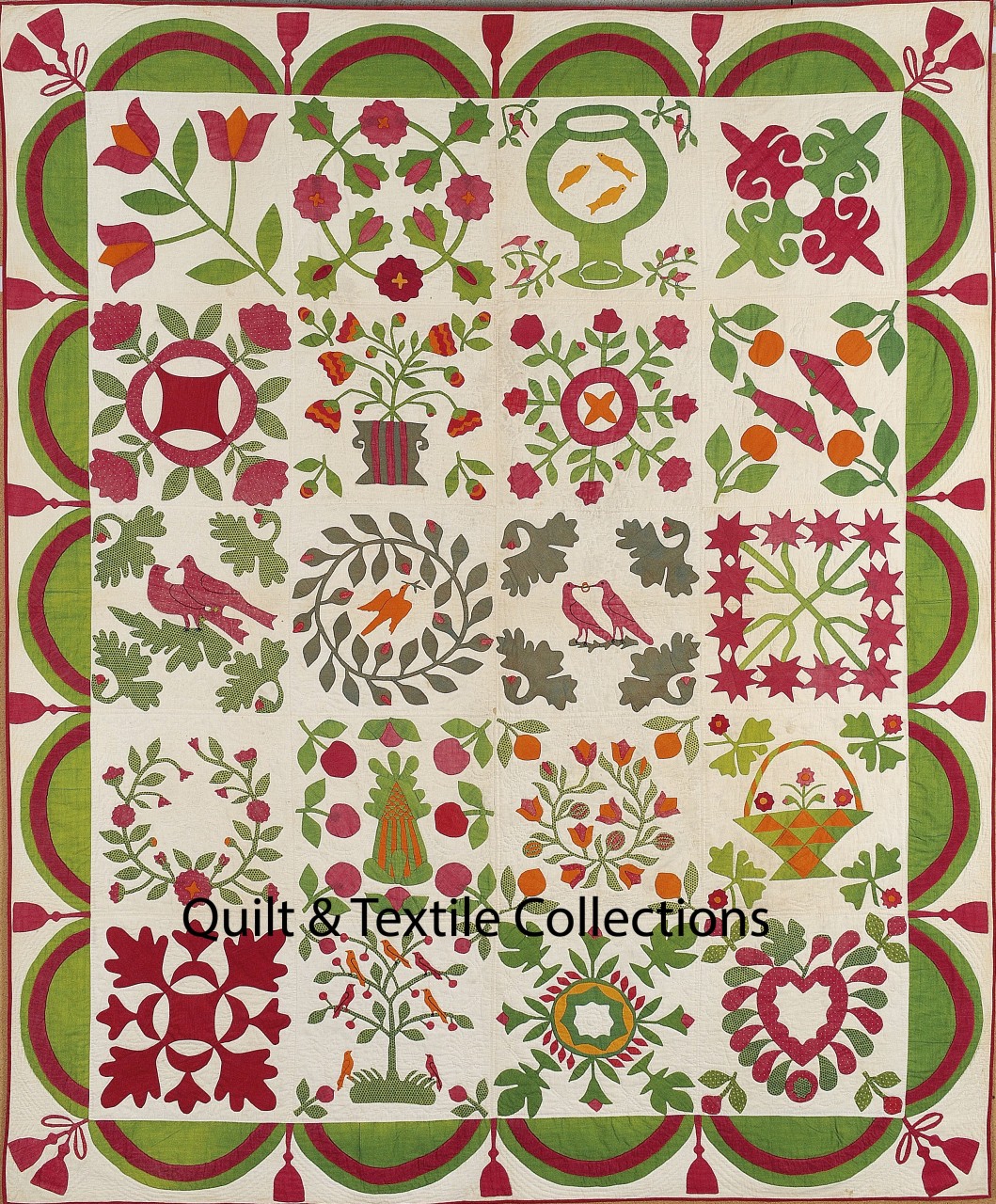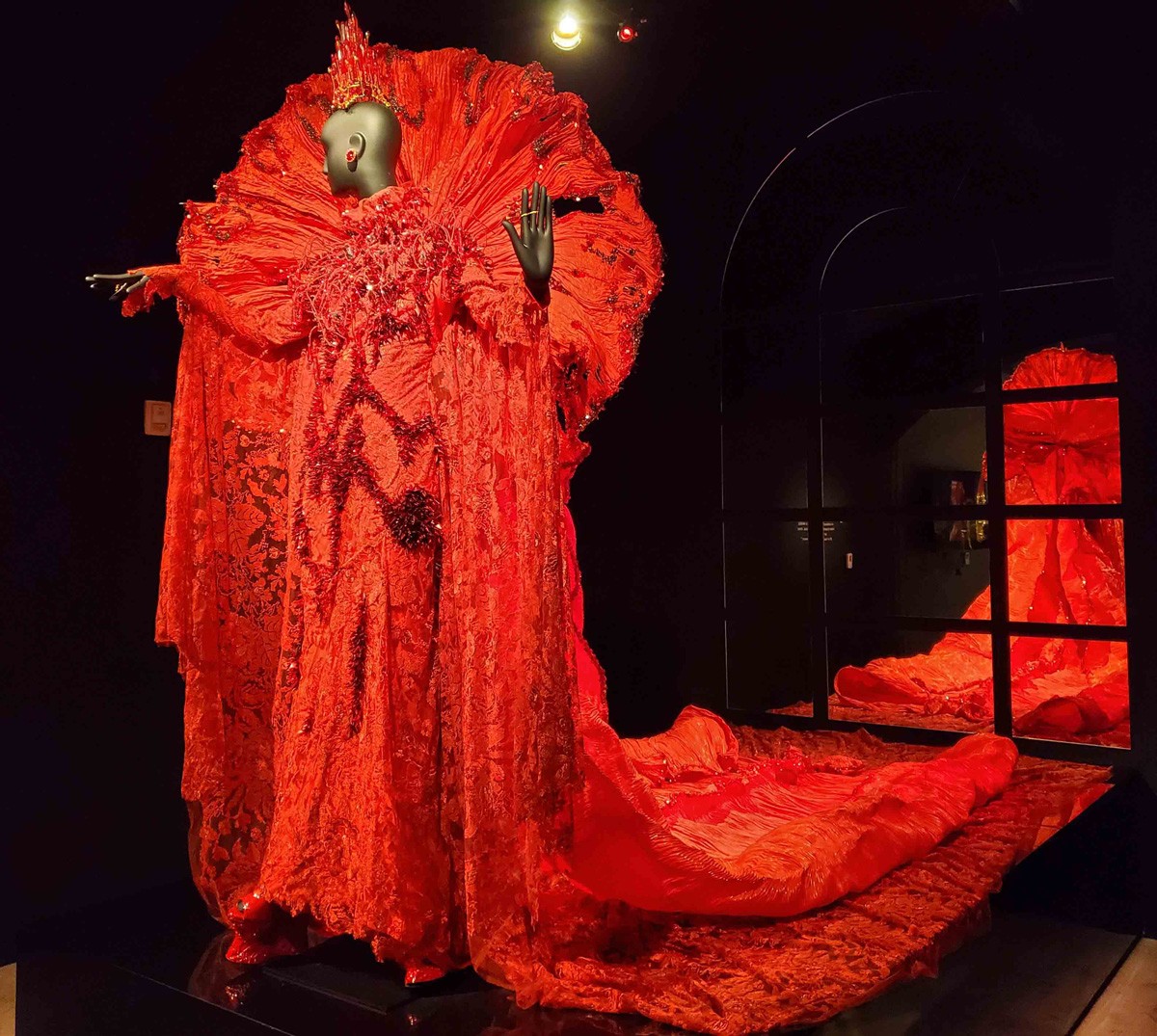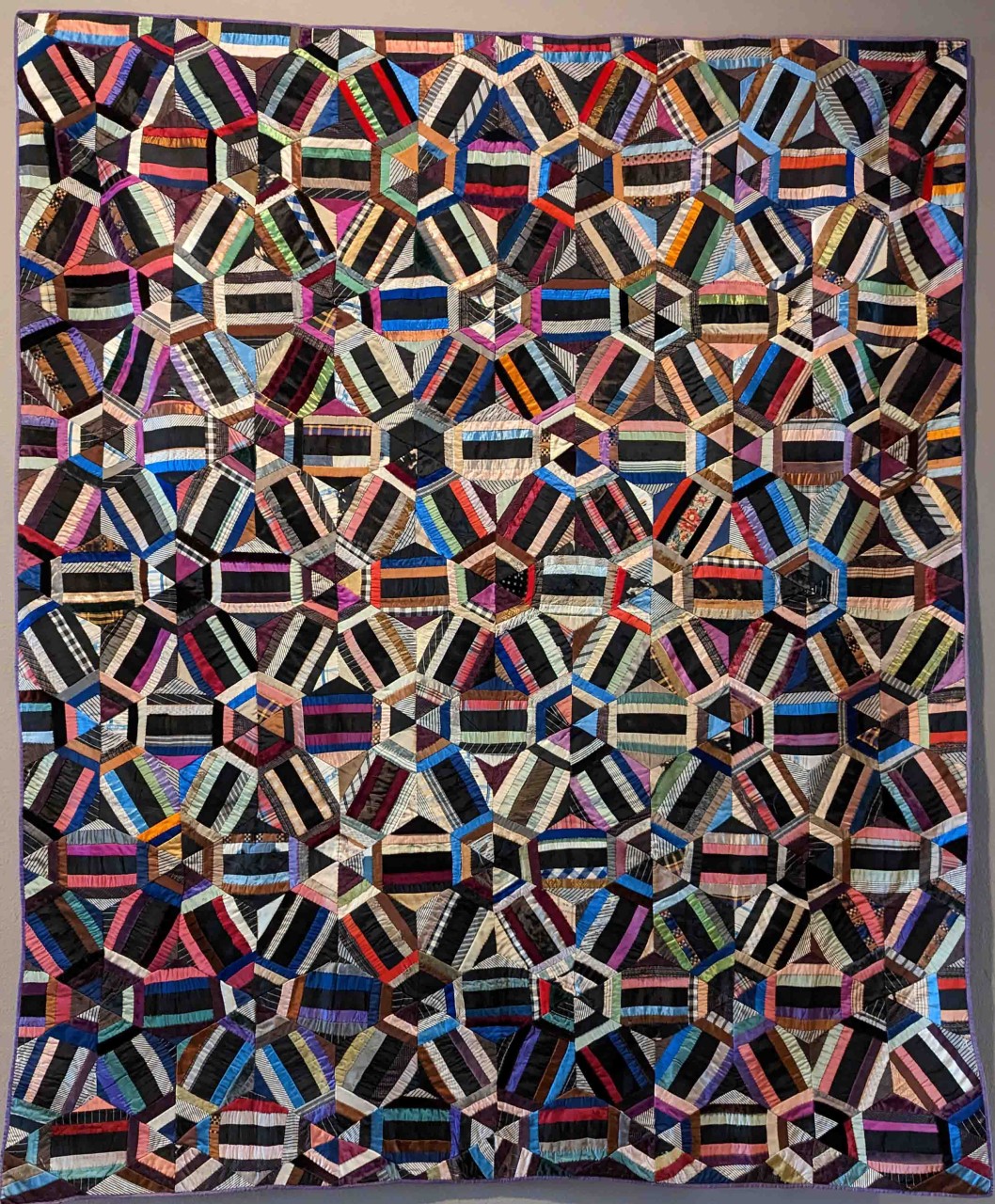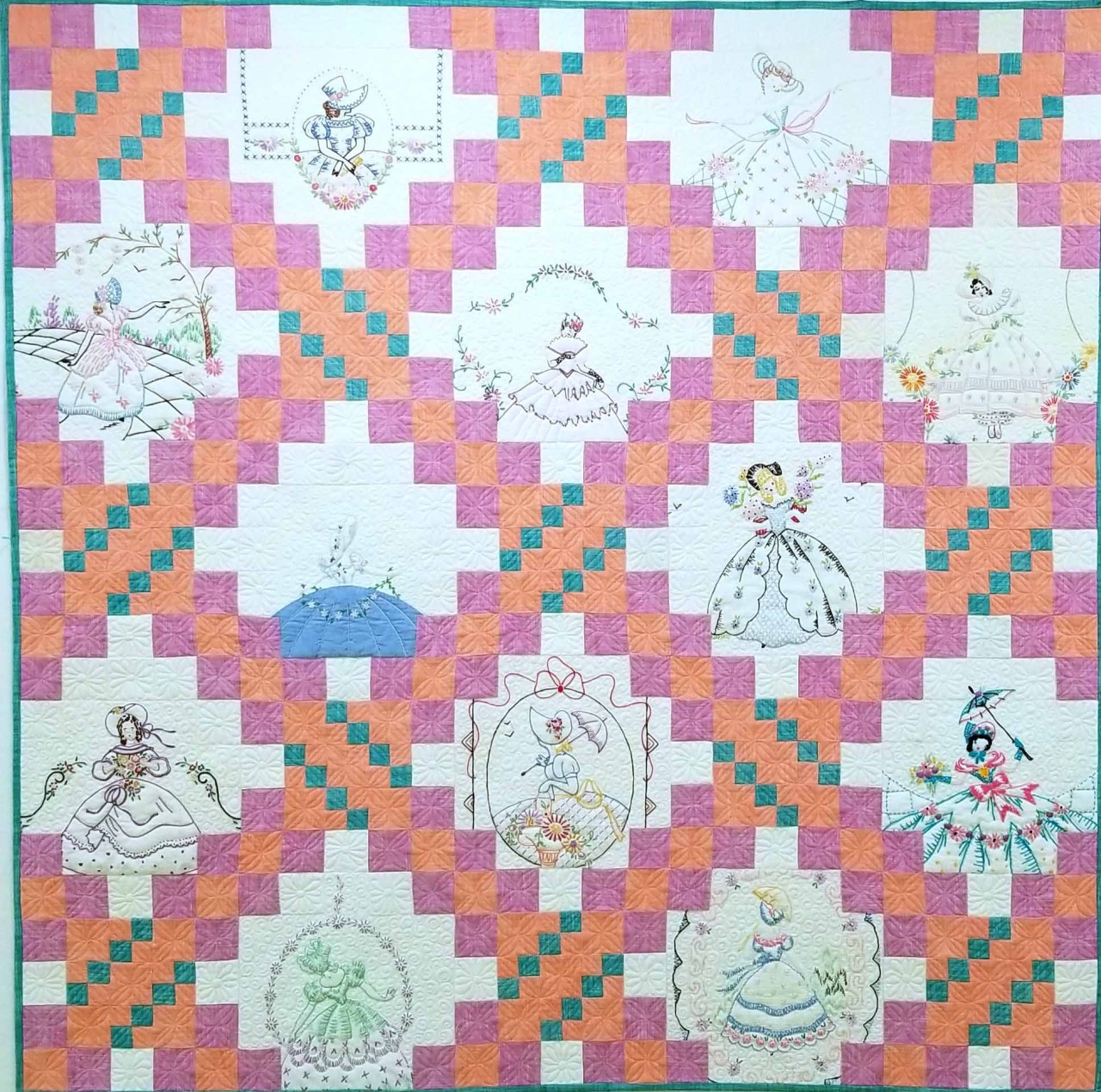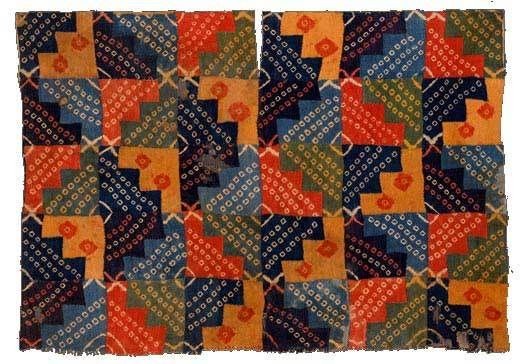
I’m always interested in learning more about historical patchwork and natural dyes. Sometimes when you are researching one thing, you are fortunate enough to find something unexpected, which of course for me, means learning more about it. My discovery was a Huari textile from about 600-1000 that was made of patchwork. So far, it is the oldest piece of patchwork I’ve seen, and it was tied dyed with indigo! (A double score on the interest scale for me!) Huari (Wari) was a Middle Horizon civilization that flourished in the south-central Andes from 500-1000 AD. It is the coastal area of modern-day Peru where a series of Huari archaeological ruins is located. They had an extensive history of artistic expression in metalwork, ceramics, and particularly textiles. The surviving textile examples are primarily tapestries, hats, and tunics. All...


